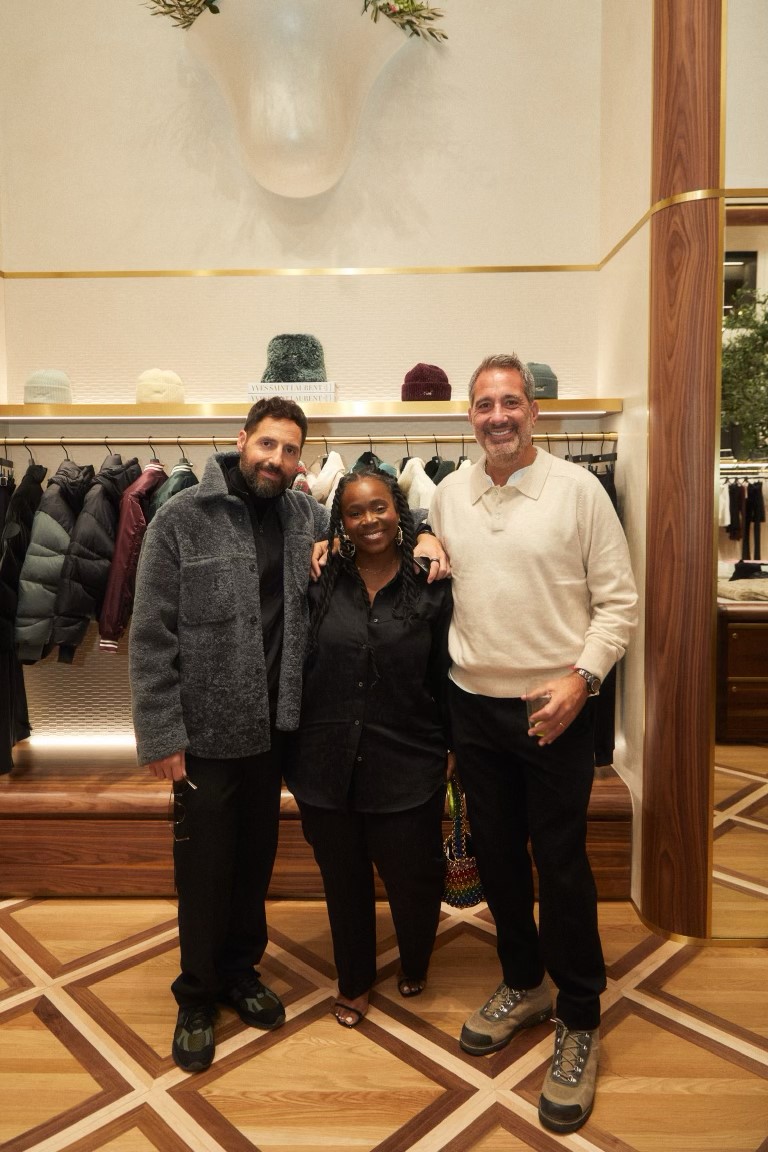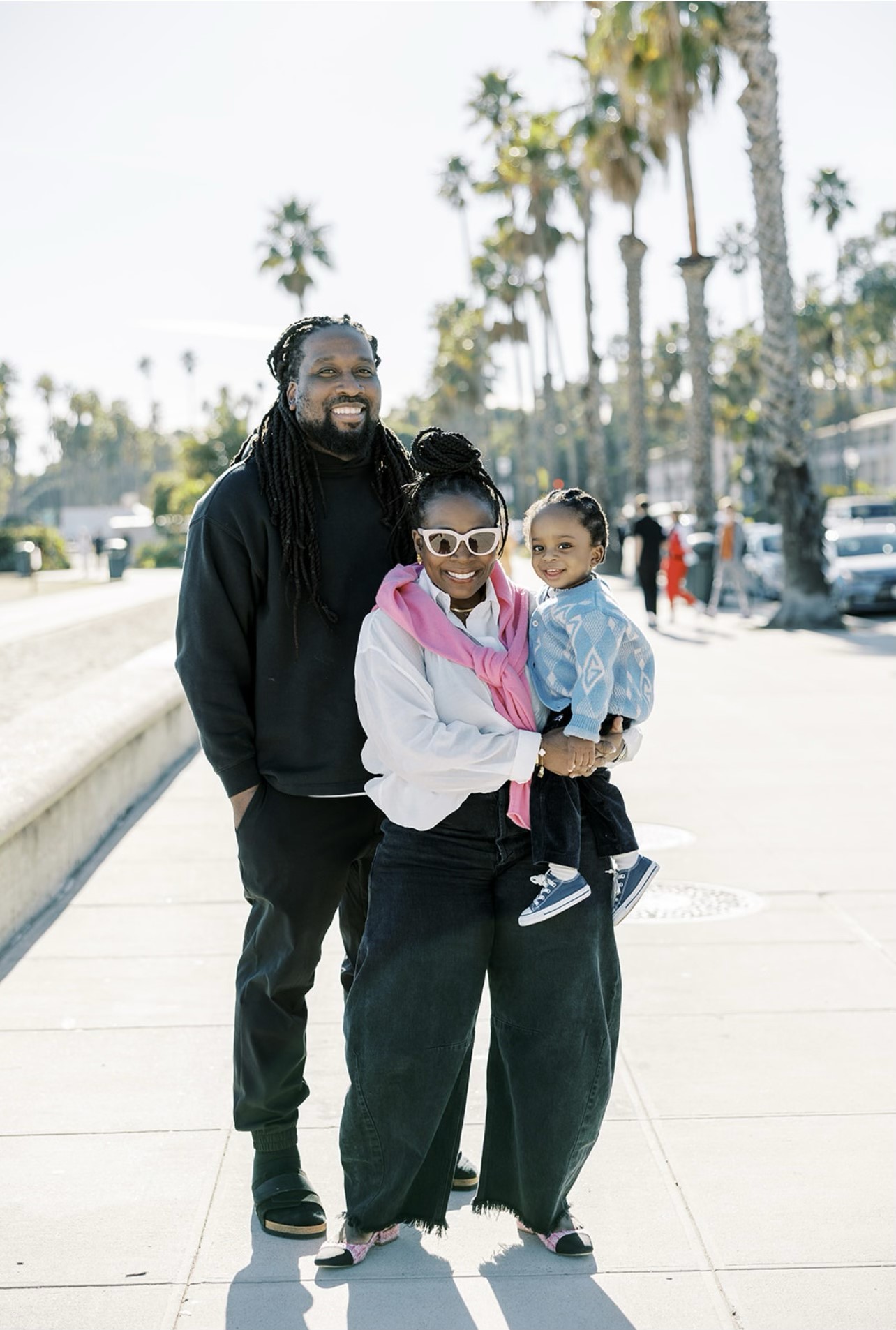Can you elaborate on how your role at Kith is directly impacting and benefiting the employees within the organization, and what is the overarching intention for internal growth?
My impact at Kith is direct and meaningful, focusing on the well-being and growth of our employees. We initiated “The Set” upon my arrival, an employee-led program shaped by their feedback. With a designated president, vice president, and budget, it offers a range of monthly initiatives, including mental health awareness activities like yoga, sound baths, and meditation. We also foster camaraderie through things like art classes and bowling. For stores outside New York, our nonprofit The Kinnect Foundation takes center stage. Each store has a Kinnect lead and we collaborate to discuss and fund various community, education, and social impact initiatives. For instance, our Global Earth Day initiative saw all stores and our HQ actively involved in cleaning parks and beaches.
Regarding internal growth, it’s flourishing at Kith. The staff in our corporate office often began their journey in our stores. An illustrative example is a talented young lady under my guidance, who started in the store and now oversees all social media for our nonprofit. Another inspiring story is a woman I’m currently looking at, who started on our stock team as an associate, climbed to a lead position, and has now transitioned to the corporate space. We actively engage with our team members about their aspirations; one individual aimed to move to Los Angeles, and we facilitated his transfer to a store there, enabling him to realize his dream on the west coast. The commitment to internal growth is palpable and yields remarkable results.
What is the strategic process that you and the Kith team employ when seeking out new partnerships?
The strategic process for seeking new partnerships at Kith varies based on the context. For social impact work, I emphasize supporting underdog nonprofits, forging connections with organizations where I can personally know and speak to the people involved. Unlike larger companies that often pursue grandiose initiatives, we prioritize building long-term relationships over just financial contributions. Our intentional approach is evident in the repeated collaborations we undertake with these organizations. Take, for instance, our Black History Month collaboration, now entering its fourth year. It’s not just about financial support; it’s about providing exposure for the artists and ensuring they are represented authentically.
Ronnie’s passion for food, particularly Sadelle’s, led to their presence in our Miami Design District store. This decision was driven by a desire to offer an experience that goes beyond fashion—an intersection of food, dessert, and lifestyle. At Kith, the brand is more than clothing; it embodies a lifestyle, and our partnerships are a thoughtful extension of that ethos.
In your role, how do you measure the impact of your initiatives or collaborations, and what metrics or indicators are most important in this assessment?
Measuring the impact of initiatives or collaborations isn’t strictly defined by benchmarks with Ronnie, just as it wasn’t with Sam. Ronnie appreciates and acknowledges the impact of our work, often expressing his admiration for what we achieve. His presence during experiences in New York allows him to witness the real-time impact and engage with the people we work with. Personally, my approach involves a continuous commitment to exceeding expectations and one-upping myself. I prioritize the initial response from our partners, seeking to overcompensate because they deserve the best.
During my recent visit to Miami, I had the opportunity to connect with a formidable non-profit called “Girl Power,” focusing on the plight of trafficked inner-city girls in Miami—a prevalent issue that often goes unnoticed. Following a discussion with them, I reached out to some friends, including Alani Noelle, known for her remarkable style, and shared my passion for the cause. She immediately expressed her enthusiasm, and in just three weeks, we received an overwhelming response of 40 boxes of clothing donations. This collective effort allowed us to organize a full-fledged fashion show featuring 25 girls, contributing to Girl Power’s fundraising initiatives. In this context, I’m not driven by numbers but rather by the authenticity and impact of our actions for these organizations.
I want to take a moment to highlight Ronnie Fieg’s instrumental role in my journey. His belief in me and the opportunity he provided allowed me to be the first person at Kith to have a significant impact, all without an abundance of checks and balances.







